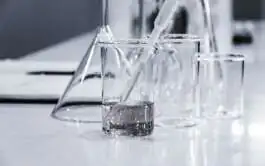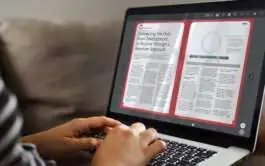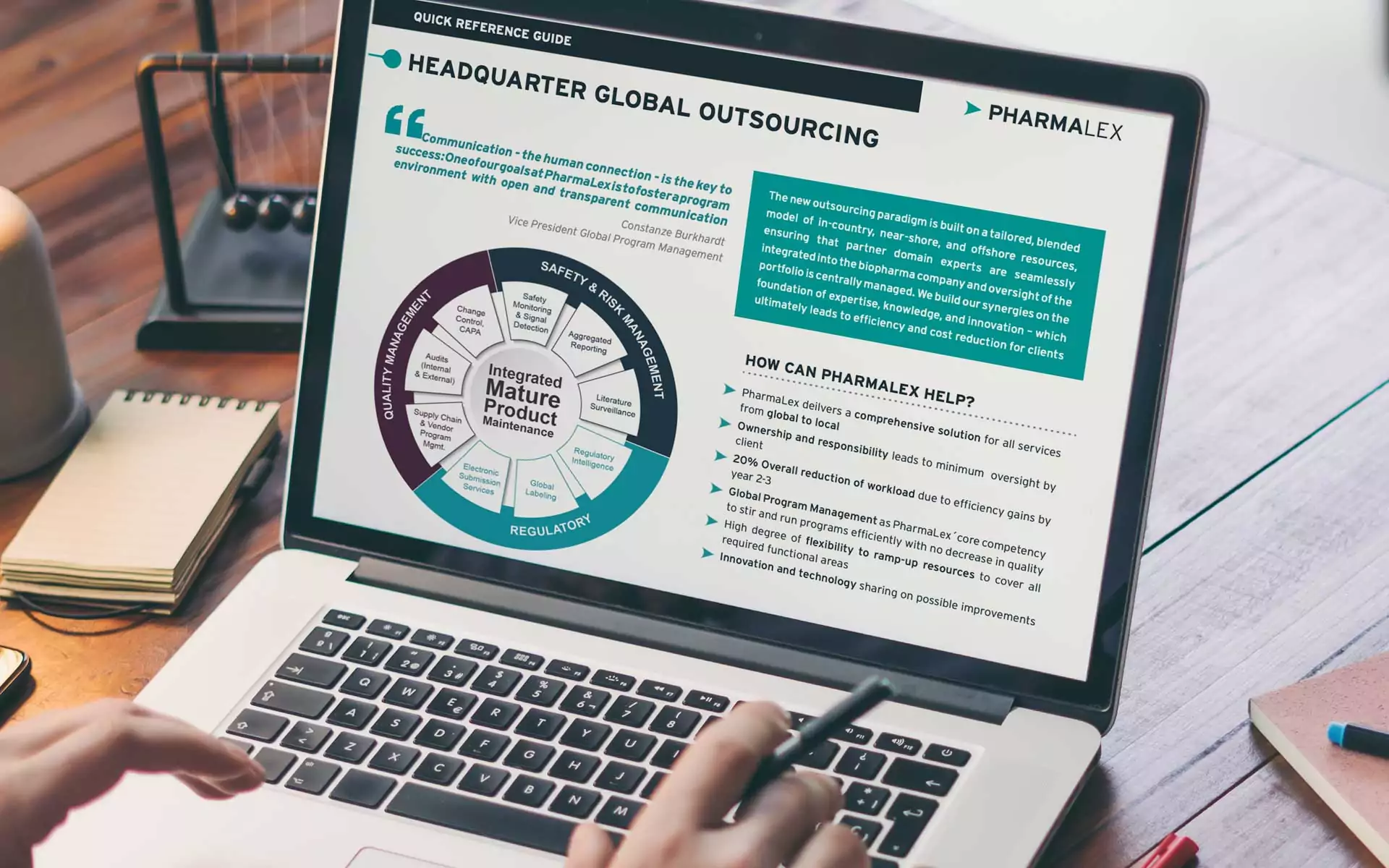Revisions to Eudralex Volume 4, Chapters 3 and 5 came into effect on the 1st of March 2015 with guidance on the prevention of cross contamination in production facilities. Chapter 3 stated that “The measures to prevent cross-contamination should be commensurate with the risks. Quality Risk Management principles should be used to assess and control the risks”. The revision to both chapters also introduced the requirement for a toxicological evaluation to evaluate the requirement for dedicated production facilities for medicinal products containing sensitising or allergenic materials such as Beta-Lactam antibiotics.
The requirement for a contamination control risk assessment as detailed in these chapters was further emphasised with the release of a new draft of Eudralex Volume 4, Annex 1 “Manufacture of Sterile Products” which was released for review in December 2017. Although the Annex 1 revision is currently in draft with approval expected in 2019 it is clear that one of the reasons for the revision is to emphasise the role of Quality Risk Management in pharmaceutical manufacturing and in particular the document clearly states that “a contamination control strategy should be implemented across the facility in order to assess the effectiveness of all the control and monitoring measures employed. This assessment should lead to corrective and preventative actions being taken as necessary. The strategy should consider all aspects of contamination control and its life cycle with ongoing and periodic review and update of the strategy as appropriate.”
This new revision in addition to the guidance in Chapter 3 and Chapter 5 has re-emphasised the requirement for a formal document, which reflects the risk based strategy for minimizing contamination and cross contamination of medicinal products, particularly in multi-product facilities. The new Annex 1 revision also expands on some of the elements that should be included and assessed as part of a formal risk based contamination control strategy.
ENTER DRAFT ANNEX 1 LINK
A contamination control strategy requires a holistic identification, assessment, control and monitoring process for contamination risks that include microbiological, particulate, chemical and cross product contamination. With that in mind, PharmaLex have identified the following points for consideration to support the implementation of an effective contamination control strategy within an aseptic manufacturing facility:
Facility Design
Cleanroom classification should be aligned with regulatory guidelines and where the guidelines are not specific for a particular process, the classification of each room or area should be selected using a risk based approach which considers the type of product to be manufactured, the type and duration of product exposure during production and whether the facility is dedicated or used for the manufacture of multiple different products. Personnel, equipment, material and waste flows should be appropriately designed in each room such that the potential for product contamination is effectively minimised. The cleanroom should also have a suitable pressure profile and air velocity and air change rates to ensure airflow moves from areas of higher classification to lower classification and has the ability to recover rapidly following a potential contamination event.
Process design also includes the design, assessment and control of clean utilities that supply the manufacturing process with Purified Water (PW), Water for Injection (WFI), Clean Steam and compressed gases to ensure these systems do not contribute contamination to the manufacturing process or environment and ultimately to contamination of the finished product.
Process Design
The contamination control strategy should address the elements of the process design that protect the product from microbial, pyrogen, chemical, non-viable particulate and cross product contamination. The process design for aseptically filled sterile products should consider the implementation of barrier technology such as Restricted Access Barrier Systems (RABS) or Isolators to provide the required Grade A environment for protection of the product against contamination from personnel and the surrounding environment.
Contamination control measures should be designed into each part of the production process and should include the use of contamination controls such as cleaning, decontamination, sterilisation and transfer methods for primary packaging materials, consumables and intermediate product that reduce the contamination risks as far as is possible.
The validation master plan should detail the validation requirements for all cleaning, decontamination, depyrogenation and sterilisation processes used throughout the production process.
Personnel Training and Gowning
As personnel represent the primary source of contamination in any production process, personnel training is a key contributor towards implementation of an effective contamination control strategy. Personnel training should be practical, frequent and continuous and should cover theoretical, practical and cGMP aspects with the curriculum including basic Microbiology, personal hygiene and aseptic technique. Training should cover a broad range of areas ranging from personnel movement and behaviour in cleanrooms to the impact of cleanroom behaviours on the quality of the finished product.
Appropriate and effective gowning is essential in all cleanroom areas and personnel must be trained on the methods and importance of good gowning technique. In Grade A and B cleanrooms, gowning techniques must be assessed regularly by the performance of gowning qualifications that include both visual observation and microbiological sampling to measure the level of microbial contamination on the sterile gown following the gowning process.
Cleaning and Disinfection
Regular cleaning (using a detergent to remove soiling) and disinfection (to inactivate microorganisms through cellular destruction) is required. Typically, two disinfectants are used in rotation, one of which is often a sporicide (capable of destroying bacterial endospores and fungal spores). The frequency of cleaning and disinfection must be risk based, established during facility start-up and regularly reviewed as part of the Environmental Monitoring trend review.
Disinfectants that are selected for disinfection of a facility must be validated prior to use. Validation of disinfectants includes surface challenge testing in which coupons of the surface materials used throughout the facility are inoculated with a known quantity of representative microorganisms, exposed to the disinfectant for a specified contact time followed by calculation of the log reduction of the microorganisms attributed to the disinfectant.
Personnel who perform cleaning and disinfection of cleanrooms should undergo a tailored training program that includes specific cleaning techniques that prevent contamination such as use of the triple bucket system, basic Microbiology training and training on the action of the disinfectants selected for use. It is also importance to emphasise to personnel involved in cleaning the importance of the cleaning and disinfection regime to the quality of the final product
Environmental Monitoring Programme
The Environmental Monitoring (EM) program for a facility is used to monitor and determine the type and level of microbial and non-viable particulate contamination present in a cleanroom environment. Viable environmental monitoring is performed by exposing microbiological nutrient medium plates in sampling locations that represent the areas of highest contamination risk in the cleanroom. Non- viable particle monitoring is performed using isokinetic probes and a laser particle counter to assess the number of non-viable particles in the air and are also used for classification purposes as per ISO 14644. The sampling locations for both viable and non-viable monitoring are selected using a documented risk based approach that is reviewed and repeated periodically to account for any changes in the process or the cleanroom.
The purpose of the environmental monitoring programme is to provide data that can be used to assess the adequacy of contamination controls in the cleanroom or manufacturing area and to provide trends that can predict a loss of environmental control prior to occurrence and allows proactive intervention to prevent a contamination event from impacting product quality.
Process Simulation
The contamination control strategy should also detail the performance of Process Simulations, also known as Media Fills, where liquid sterile microbiological nutrient medium replaces the product in the process and the final filled units are incubated to detect microbial contamination.
The purpose of a media fill is to assess the process from beginning to end for weaknesses that could lead to microbiological contamination of the product. It is important that media fills are representative of the conditions during product processing and that they reflect the greatest challenge to the process. This requires an assessment of ‘worst case’ processing parameters that might lead to a microbial contamination event occurring and include vial size, vial neck diameter, line run speed, stoppages and the number and complexity (including time) of personnel interventions and manipulations.
Process simulations are performed as part of the initial validation of a facility, product or process and routinely thereafter to monitor the effectiveness of the facility and process contamination controls. Process simulations should also be performed after any significant change to a facility or process.
The definition and implementation of a contamination control strategy starts with a risk assessment for the identification and assessment of all contamination risks present in a facility and/or process that may contribute microbiological, particulate, chemical and cross product contamination to a finished medicinal product. The design, automation and procedural controls implemented to control contamination risks along with the methods for monitoring these controls should be detailed and described in the contamination control strategy document which should be maintained as a live document as part of the Pharmaceutical Quality System.
If you would like further information or wish to discuss how PharmaLex can perform a review of an existing contamination control strategy or support your company in the development of a holistic contamination control strategy, please connect with us to discuss +353 1 846 4742 or contactirl@pharmalex.com








